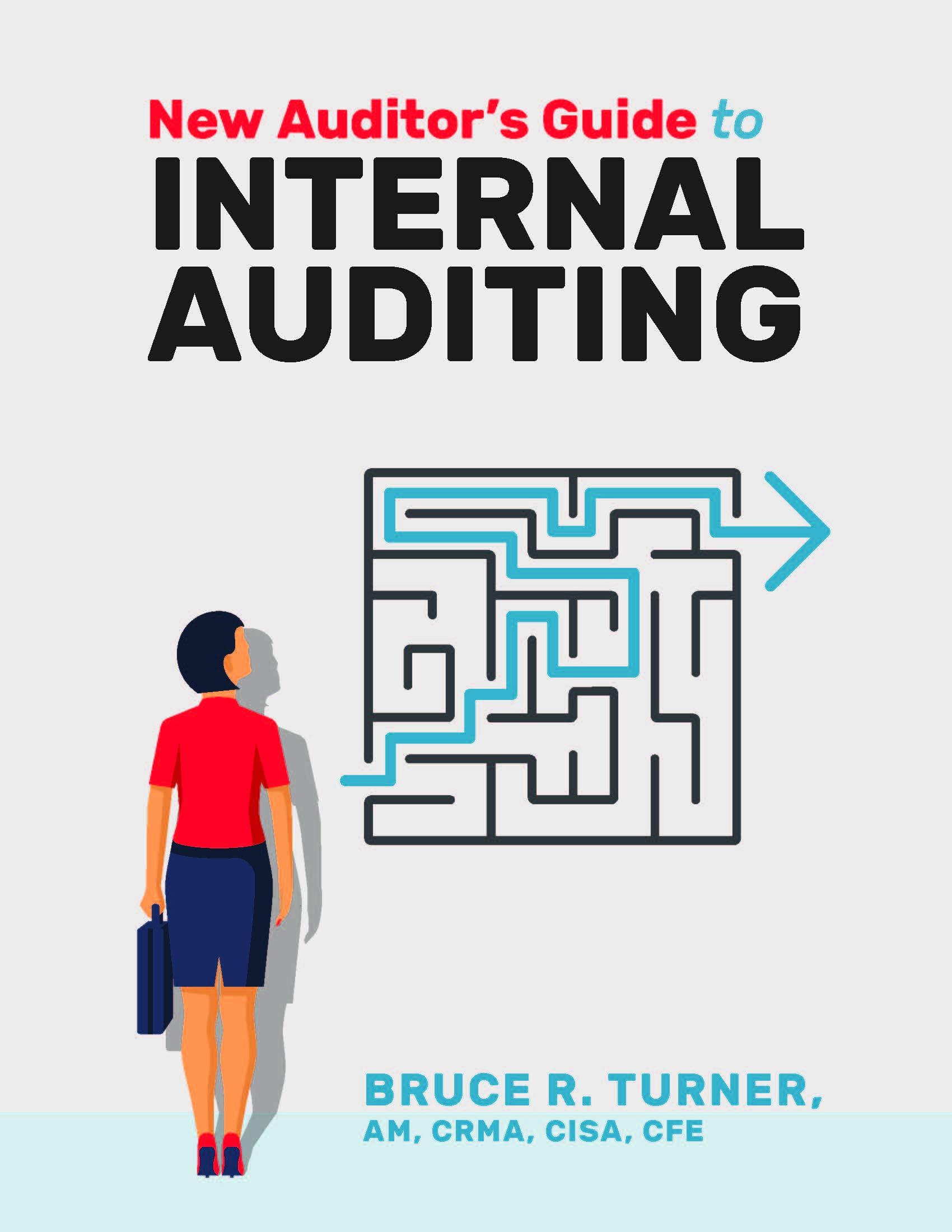Question
Chapter 11: 1.Even before the economic crisis of 2007 to 2009, employees in the United States were working about _____ more hours per year than
Chapter 11:
1.Even before the economic crisis of 2007 to 2009, employees in the United States were working about _____ more hours per year than their European counterparts.
a. 70
b. 249
c. 350
d. 1,970
2. In 2005, about 20% of home loans were _____, meaning they were loans sold to low-income people who had little chance of paying their mortgages, often under predatory terms that were especially unfavorable to the unsuspecting borrowers.
a. subprime
- triple-A rated
c. fixed-rate
d. refinanced
3. According to United for a Fair Economy, _____ lost between $163 billion and $278 billion from subprime loans taken out between 1999 and 2007.
a. Native Americans and poor Whites
b. African Americans and Latinos
c. Asian Americans and middle-class Blacks
d. Hispanics and Asian Americans recent immigrants
4. What forces combined in 2007 to bring about the worst economic downturn since the Great Depression of the 1930s?
a. Hurricane Katrina and the resulting bailout to homeowners
b. Bipartisan support of the wars in Iraq and Afghanistan
c. Predatory mortgage lending and irresponsible dealing on Wall Street
d. The election of the nations first Black president and a Republican legislature
5. The effects of the burst housing bubble fell disproportionately on minorities. By 2009 some 1.5 million homes, owned mostly by _____, were lost through subprime foreclosures.
a. all minorities combined
b. Asian Americans
c. Latinos
d. African Americans
6. In addition to homeowners, _____ suffered during the housing bubble collapse and many faced eviction from their dwellings.
a. renters
b. small businesses
c. big banks
d. nursing home residents
7. According to research by Marquardt and Shinkle, stock market value declined by $7.3 _____ in 2008 alone.
a. thousand
b. million
c. billion
d. trillion
8. In 2008 alone, individuals who had contributed to 401(k) retirement savings accounts for 20 years or more lost an average of _____ of value.
a. 5%
b. 10%
c. 20%
d. 25%
9. A major source of bankruptcy for people in the United States is the inability to pay for _____, especially for people who lose this benefit because they lost their jobs.
a. their childrens college tuition
b. catastrophic health care needs
c. vacations and luxury items
d. the high interest on credit card bills
10. By early 2009, around 16.5 million children received _____, up 6.5% from the previous year.
a. free school lunches
b. college scholarships
c. art and music education
d. health care
11. Around 40% of the homeless population were families, typically
a. single fathers with children.
b. single mothers with children.
c. married couples with teenage children.
d. single or married women responsible for aging parents.
12. The Chicago Coalition for the Homeless found that in 2008, 22% of families seeking emergency shelter were
a. choosing to walk out on their underwater mortgages.
b. seeking shelter after a natural disaster.
c. homeless for the first time.
d. chronically homeless.
13. Although the Great Recession technically ended in 2010, there are long-term consequences still being felt; for instance, governments at the local, state, and federal level
a. received large influxes of money by charging penalties to banks that had engaged in predatory lending practices.
b. spent large amounts of tax money on services for the newly homeless.
c. lost significant tax revenues, causing them to impose punitively high taxes.
d. lost significant tax revenues, causing them to face serious budget shortfalls.
14. Which of the following is NOT one of the challenges faced by todays recent college graduates?
a. Higher salaries
b. Higher unemployment rate
c. Greater student loan debt
d. Lower salaries
15. Despite signs of economic recovery, the legacy of the Great Recession is _____ the U.S. economic system and the governments ability to address the economic difficulties faced by American families.
a. increased trust in
b. diminished trust in
c. increased dependence on
d. diminished dependence on
Step by Step Solution
There are 3 Steps involved in it
Step: 1

Get Instant Access to Expert-Tailored Solutions
See step-by-step solutions with expert insights and AI powered tools for academic success
Step: 2

Step: 3

Ace Your Homework with AI
Get the answers you need in no time with our AI-driven, step-by-step assistance
Get Started


